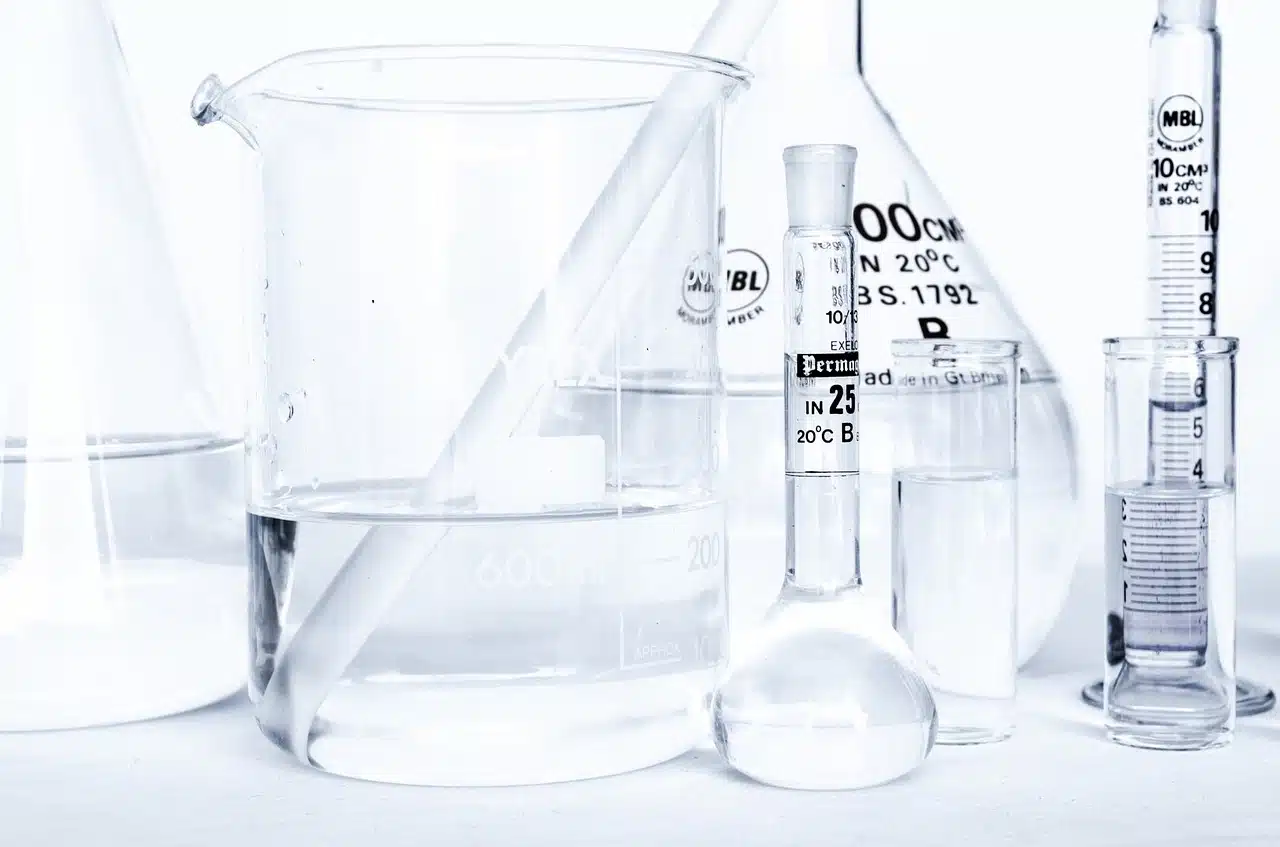
The chemical suspension differs from colloids by being filterable. Furthermore, colloids do not have easily visible particles, they tend to be contaminants and influence, for example, the boiling point of liquids such as water.
A chemical suspension is a variety of heterogeneous mixture formed from solid particles that may be powdered or insoluble and that are dispersed in a liquid environment. The particles involved, even microscopic ones in the solid state, do not dissolve in this framework, which is why they remain suspended.
In each suspension , an essential resource for many industries, a dispersed phase (solid stage) and a dispersing phase (also known as external or continuous, characterized by a liquid cycle that can have fatty or aqueous characteristics) are recognized. To prevent solid elements from forming sediment or ending up agglutinated, there are substances classified as surfactants (or surfactants ) that act as a dispersing agent . In order to ensure the stability of the suspension , stabilizing substances are also used.
Characteristics of a chemical suspension
Among the main characteristics of a chemical suspension, its poor stability stands out. The quiescence period is mainly influenced by the viscosity associated with the dispersing phase : the higher the viscosity, the longer the stable time. Likewise, the temperature at which the compound is and the dimensions of the scattered particles must be considered.
Although it can be conceived as inseparable from the content of a chemical suspension , after a certain period of time a decantation of the phases involved can be carried out so that the solids can settle. Centrifugation and filtration are the appropriate methods when it comes to achieving absolute separation .
It is enriching to know that there is a great similarity between the concept of suspension and the notion of emulsion . However, it is important to keep in mind that, according to theory, heterogeneous mixtures understood as emulsions encompass only liquids and exhibit a specific chromatic tone (something that does not happen with suspensions ).

Colloidal systems with either liquid or solid particles that are suspended in a gas are defined as aerosols.
Varieties of chemical suspensions
Deepening our knowledge reveals the existence of different varieties of chemical suspensions .
A minimum of two phases make up the so-called colloidal suspension . This non-homogeneous system generally has a fluid phase (based on gas or liquid) and another, smaller phase, dispersed with solid-state particles that are very finite. Scholars on the subject maintain that colloid particles have properties that are somewhere between those of a chemical suspension and those of a solution . Sometimes, particles are made up of huge molecules, as in the case of proteins . It is also worth mentioning the adsorption capacity of a colloid , as well as the phenomenon called the Tyndall effect , which allows us to contemplate a picturesque beam of light passing through a colloidal system . Another enriching piece of information is associated with dialysis , a method that offers the possibility of purifying (that is, removing impurities) from colloidal systems .
What is considered a colloidal system ? To the suns, to the gel, to the foam , to the aerosol and to the emulsion.
On the other hand, it is possible to distinguish between solid suspension , gas suspension (such as powder that, in a solid state, floats in the air) and liquid suspension (a type that can be applied, for example, in pharmaceutical preparations).
Techniques for analyzing and separating a chemical suspension
There are several techniques to analyze and separate a chemical suspension .
One of the options to consider is the filtration method, which revolves around separating solids from a suspension using a mechanical medium with porous characteristics. For sieving, a filter, sieve, sieve, cloth, mesh or sieve is used. Depending on the dimensions of the material selected as a filter, nanofiltration , microfiltration , ultrafiltration or hyperfiltration is developed.

Chemical suspensions can be analyzed, studied and observed with multiple techniques and experiments, some of which are done in the laboratory, while others can be applied at home.
A heterogeneous mixture made up of two liquids or a solid and a liquid, to detail another possibility, can be separated by decantation (a procedure that is used, for example, to make vinegar, make wine, refine oil and purify water).
Centrifugation , meanwhile, is a technique that is used when seeking the concentration or isolation of particles that are in suspension within a liquid. It is usually used to segment in the laboratory from DNA to platelet concentrates and plasma.
Chromatography cannot be left out of this list, a tool that enables the physical separation of components that end up distributed in two phases: one stationary and the other mobile. Depending on the technology implemented, paper chromatography , molecular exclusion chromatography , ion exchange chromatography , partition chromatography and adsorption chromatography are distinguished. Nor should we overlook the advantages provided by microscopy , an area where samples in suspension are observed in detail.
It is also necessary to highlight that in the field of Chemistry it is common to even resort to spectroscopy , an experimental technique whose principle is to emphasize the interaction that occurs between matter and electromagnetic radiation. Through it, chemiluminescence , fluorescence , dispersion and absorption , among other phenomena, are studied.
